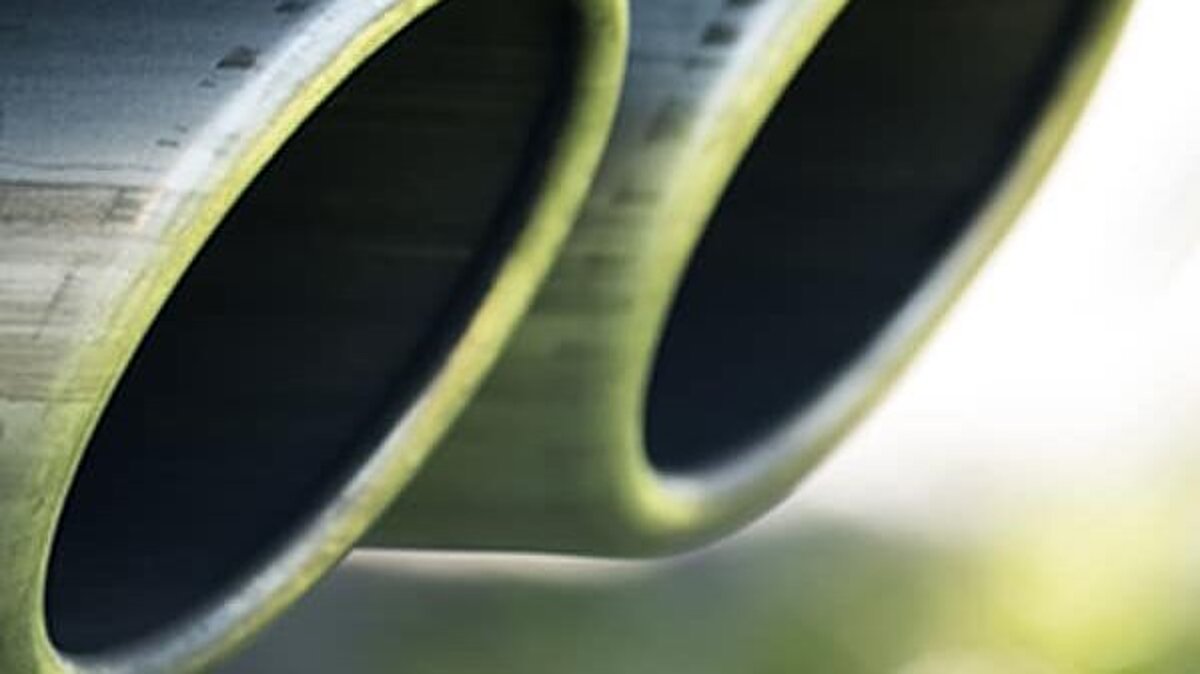Design and development of DeNOx plants

Task
The reduction of pollutant emissions from combustion gases is no longer just a technical term from environmental and process engineering, but has reached the zeitgeist of politics and society. Buzzwords such as Diesel-Gate, climate conferences and driving bans confront us with this issue on a daily basis. The permissible pollutant limits for the environmentally harmful by-products of engine combustion, such as nitrogen oxides, will be further tightened in the coming years to the benefit of the environment. In addition to the automotive industry, the power plant and equipment industry in particular will have to meet these challenges. One process that has become established here is the so-called SCR or "DeNOx" plant. In an SCR (selective catalytic reduction) system, the harmful nitrogen oxides (NOx) are converted into harmless water vapor (H₂O) and nitrogen (N₂) with the addition of ammonia (NH₃).
Functionality
First, a reducing agent (urea or ammonia water) is added to the exhaust gas. The high temperatures of the exhaust gas cause the reducing agent to split into gaseous ammonia during thermolysis. This must be homogeneously distributed in the exhaust gas. The exhaust gas-ammonia mixture then flows through one or more catalyst levels, where the
"denitrification" of the exhaust gas is carried out. Uniform flow to the catalyst is essential for correct functionality.
Simulation
The uniform distribution of flow velocity, temperature and NH₃ concentration on entry into the catalyst largely determines the functionality of the SCR system. The deviations may only amount to a few percent. Such fine-tuning in a large power plant, some of which have diameters of up to 8 - 10 meters, is difficult to achieve using conventional measurement methods. Here, numerical flow simulation offers a considerable development advantage. Using a virtual model, the optimization of e.g. injector positions or internals such as mixers or baffles can be carried out effectively and quickly.
Merkle & Partner has developed a special SCR simulation kit that can be used to design and develop DeNox plants with maximum effectiveness. Successful customer projects that have already been put into operation have fully confirmed the quality of the results.
What offers the simulation
- Trajectory of the reducing agent droplets incl. possible wall contact
- evaporation distance and penetration depth of the droplets under the respective operating conditions and selected reducing agent
- evaluated material data for urea and ammonia water with regard to evaporation behavior
- Determination of the mixing quality of NH₃ and exhaust gas in the course of the flow path
- Determination of velocity, temperature and NH₃ distribution upon entry into the catalyst
- Evaluation or redesign of mixing units
- Evaluation or redesign of guide elements
- continuous control of the resulting pressure drop of the DeNox system
- modular simulation kit for effective parameter investigation during optimization and design of injector positions, mixers and control elements
- maximum process stability and effectiveness, results in hourly intervals
Have we aroused your interest?
If you have similar tasks, please do not hesitate to contact us.
Phone: +49 (0)7321 9343-0
E-Mail: info@merkle-partner.de
You are also welcome to stop by our website:
www.merkle-partner.de